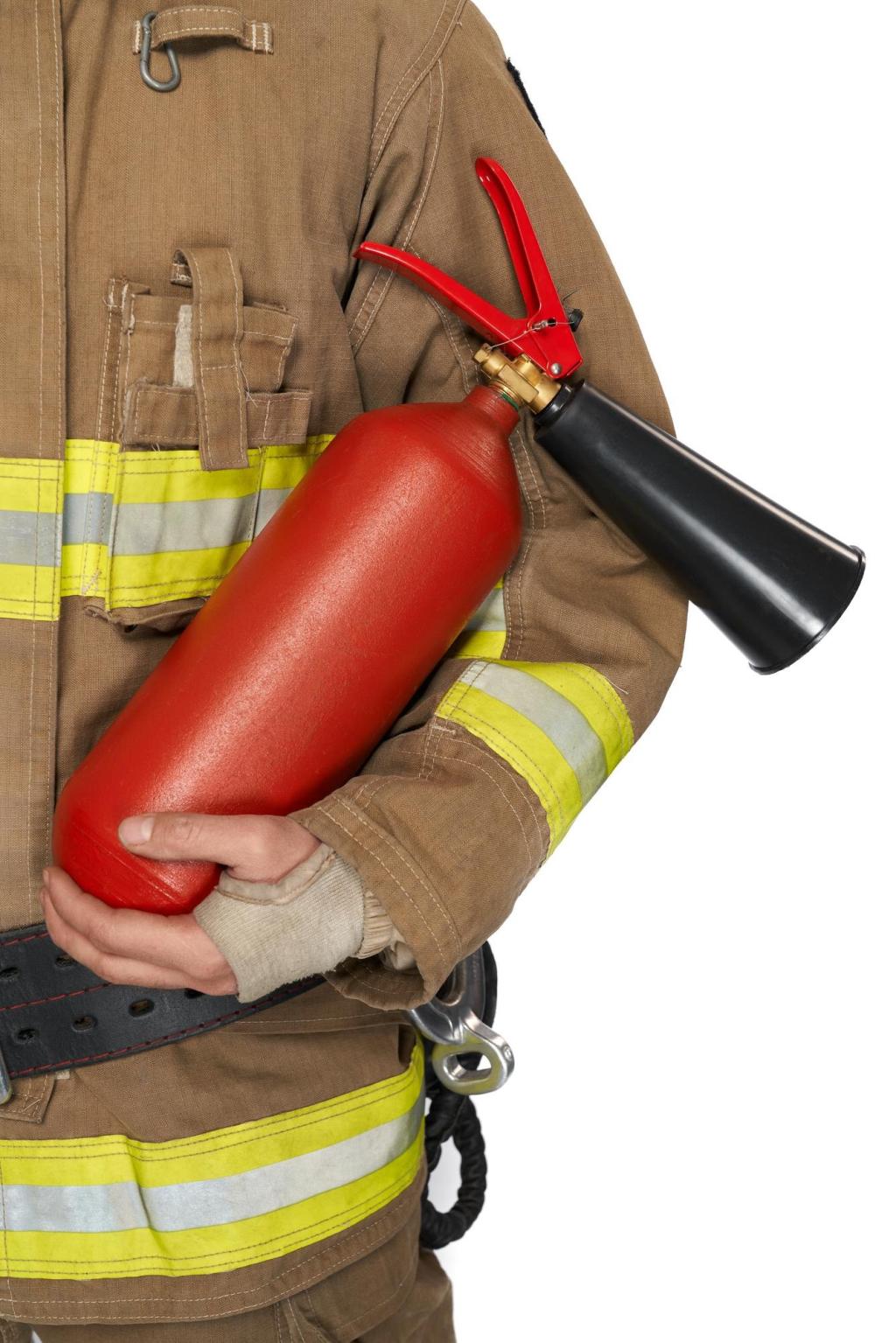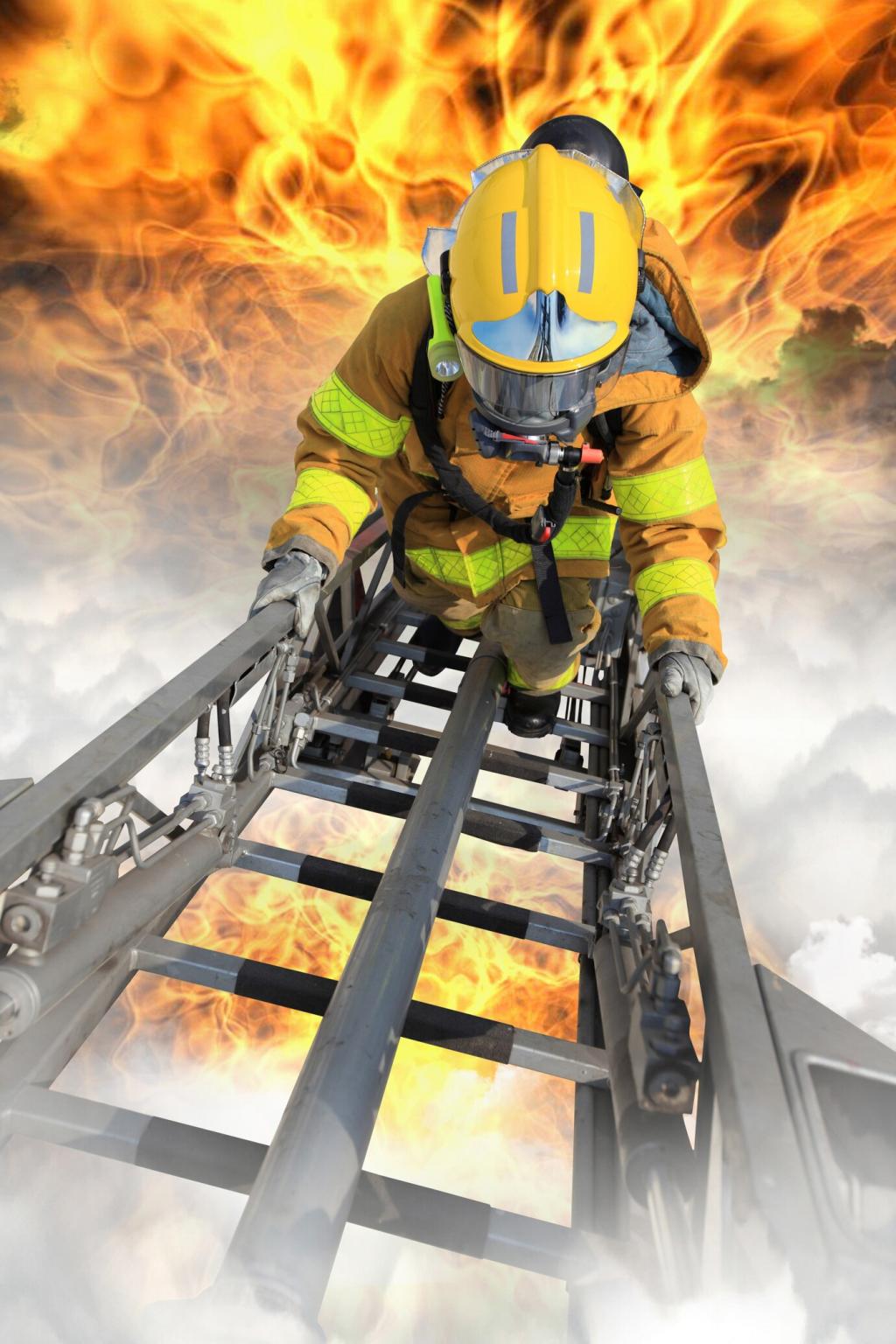Wildfire Prevention and Early Response
Track wind shifts, humidity dips, and weekend visitor surges. Patrol leeward slopes during hot afternoons, and check snag-heavy stands after lightning. Small smoke wisps near human access points warrant immediate verification before they grow teeth.
Wildfire Prevention and Early Response
Walk firebreaks after storms to clear windfall, and flag ladder fuels along recreation routes. Share a trusted hotline number at trailheads and cafés. Reward early reports publicly, turning vigilant visitors into your most responsive sensors.
Wildfire Prevention and Early Response
Use plain language, confirm locations twice, and close each transmission with your call sign. Keep reports brief, prioritize safety, and designate one controller. During stress, practiced clarity prevents overlapping chatter and accelerates resource deployment.








